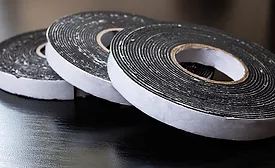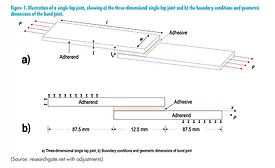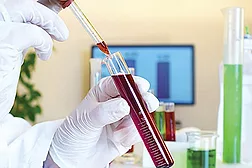Home » shear testing
Articles Tagged with ''shear testing''
An innovative approach, based on multiparametric analysis of interfacial crack behavior, opens entirely new perspectives for assessing the adhesive safety of double-sided adhesive tapes.
Read More
Strategic Solutions
What Tests Should I Run on My Structural Adhesive Systems?
Each adhesive testing protocol should add tangible value to your structural design.
October 14, 2020
Ask Dr. Dave: Please explain tack, peel adhesion and shear strength in regards to pressure-sensitive adhesives.
PSAs can be formulated with a range of adhesive and cohesive properties.
October 1, 2015
Maximizing Quality and Cost Benefits with Structural Adhesive Testing
Choose a method for testing structural adhesives that maximizes benefits.
October 1, 2014
Improved Rheological Quality Control Tests for Today's Adhesives and Sealants
A range of rheological equipment is available with a variety of spindle geometries to properly perform quality control analyses of various adhesives and sealants.
October 1, 2014
Ask Dr. Dave: What is the best way to judge the effectiveness of an adhesive bond?
Dave Dunn's June 2014 column.
June 2, 2014
Common Problems with Common Tests
Understanding manufacturer instructions and test standards can help prevent problems when testing to industry standards.
January 2, 2014
Keep the info flowing with our newsletters!
Get the latest industry updates tailored your way.
JOIN TODAY!Copyright ©2025. All Rights Reserved BNP Media.
Design, CMS, Hosting & Web Development :: ePublishing









